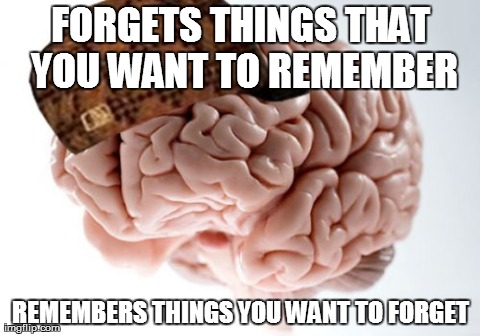Week 4: Injury and Prevention
| Yup. This is me. (Source: http://mrmen.com/) |
I am by far the most clumsy, forgetful, accident prone person I know. I can't remember the amount of times I've fallen over because of my 2 left feet or dropped and broken things because "Whoops, I forgot I had this on my lap." I have broken (expensive) cameras, phones, and a whole set of dishware (in 1 go), I now have a Nokia phone because I kept breaking all my other phones.
Others have also described me as clumsy. Maybe I just have poor judgement or future planning, but I just happen to get myself into these situations. I trip all the time. It's unnatural how much I tend to trip. The worse time I tripped was when I was running on a trail, I tripped over a tree root sticking out of the ground and I ended up scrapping my entire right side of my torso and both forearms (from elbow to wrist). I've dislocated my shoulder, bruised the nerve from the funny bone to my ring finger, endured a groin injury and bruised a pelvic bone from horseback riding.
| Image: That's more or less what the floor looked like (Source: http://lasvegan.files.wordpress.com/) |
Not only that, the worse injuries were the ones I inflicted onto others. I always end up accidentally poking people in the eye (Hide your eyeballs). I've accidentally caused a full rack of dishware to fall on someone's head. I've indirectly inflicted a 6" cut into a co-worker's arm that required stitches. All because I didn't ask for help when I needed it.
I've also had my fair share of working in warehouse room that was unsafe. I worked at a furniture store for a year or 2 and they always had us bring heavy items up and down a ladder. I've fallen from these ladders while carrying heavy ottomans and large lamps mostly. Thankfully none of these falls were serious.
Besides these examples of bad work safety, are some people more accident prone than others?
According to Sigmund Freud, there's no such thing as a true accident and that it all relies on our inability to be aware of our surroundings deeply rooted in child development. Some believe that the 4 pillars of accidents, hurry, worry, multitasking and stress are to blame. The British experimental psychologist Donald Broadbent, believes that mental cognitive failures contribute to accident proneness. To test mental accident proneness, Broadbent developed a Cognitive Failures Questionnaire. Let's see how I do:
| Image: I knew it! My scumbag brain is at fault! (Source: weknowmemes.com) |
1. Do you fail to notice signposts in the road? (No)
2. Do you bump into people? (Yes)
3. Do you fail to notice people's names when you are meeting them? (YES! ALL THE TIME! MY BRAIN PURPOSELY BLEEPS OUT PEOPLE'S NAME)
4. Do you forget where you put something like a newspaper or book? (Yes)
5. Do you find you forget appointments? (No)
6. Do you drop things? (Yes)
7. Do you fail to hear people speaking to you when you are doing something else? (Yes)
8. Do you say something and realize afterwards that it might be taken as insulting? (Yes)
I think I've solved it! This is why me and some other people are accident prone!
| Image: The design solution that will change everything! (Source: news.cn) |
Sources: http://www.psychologytoday.com/blog/fulfillment-any-age/201310/clumsy-put-away-the-band-aids-and-take-out-the-mind-aids
http://www.nbcnews.com/id/30710797/ns/health-behavior/t/walking-disaster-why-some-are-accident-prone/#.VDsapPldWSo
http://www.berkeleywellness.com/healthy-mind/mind-body/article/accident-prone-personality


.JPG)





